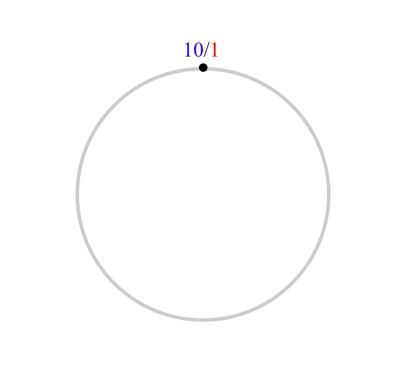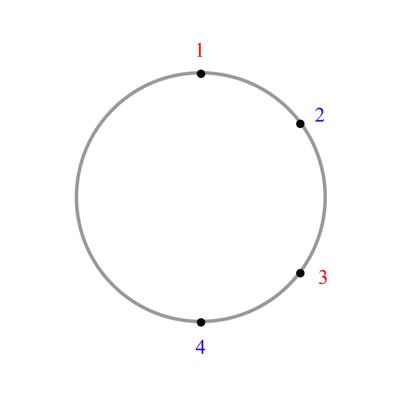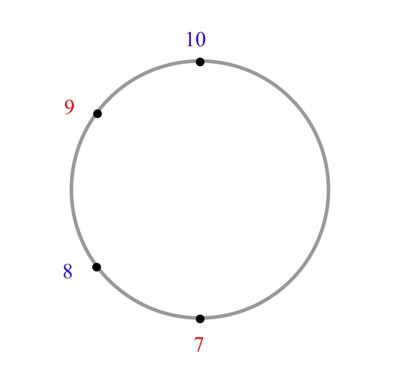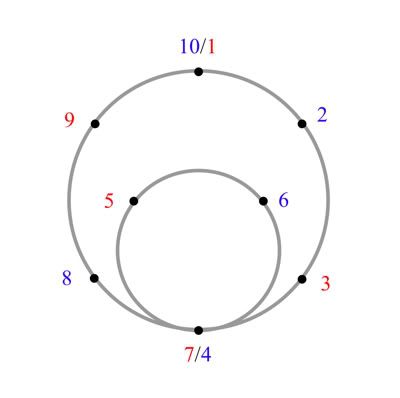venicebard
Just in case it may be of any help: I am not a reader, but I do attach a meaning to every card of the Marseilles, and the Pips are especially powerful in my estimation.
I know some shy away from the Sefirot (as with the post about not attaching the 5s to Geburah), but for those who don't, here it is.
The ten Clubs I see as the first ten spokes of the original Wheel (of twelve), since as selves we have only progressed to the tenth one. Based on reason and the book Bahir, they are:
1 Up-Unity-Consciousness or Crown
2 Upandabitout-Motion or Wisdom (i.e. as to where to go)
3 Outandabitup-Substance(Space), Wisdom's 'storehouse'
4 Straightout-Other or Lovingkindness
5 Departingstraightout or Severity's 'Great Fire'
6 Approachingstraightdown, the divine 'Throne' (i.e. God's 'being seated' or descent)
7 Straightdown, the 'Holy Palace'
8 Downandabitin-Desire, our 'Foundation'
9 Inandabitdown-Thought, the first 'Victory'
10 Straightin-Selfknowledge, the second 'Victory'
The ten Swords I see as the spokes in motion, splitting the air. In the Sefer Yetzirah, these are called:
1 Beginning (depth of the first)
2 End (depth of the last)
3 Good
4 Evil
5 Above
6 Below
7 East
8 West
9 South
10 North
. . . which require some explanation (hence I shall return to complete this, when time allows).
I know some shy away from the Sefirot (as with the post about not attaching the 5s to Geburah), but for those who don't, here it is.
The ten Clubs I see as the first ten spokes of the original Wheel (of twelve), since as selves we have only progressed to the tenth one. Based on reason and the book Bahir, they are:
1 Up-Unity-Consciousness or Crown
2 Upandabitout-Motion or Wisdom (i.e. as to where to go)
3 Outandabitup-Substance(Space), Wisdom's 'storehouse'
4 Straightout-Other or Lovingkindness
5 Departingstraightout or Severity's 'Great Fire'
6 Approachingstraightdown, the divine 'Throne' (i.e. God's 'being seated' or descent)
7 Straightdown, the 'Holy Palace'
8 Downandabitin-Desire, our 'Foundation'
9 Inandabitdown-Thought, the first 'Victory'
10 Straightin-Selfknowledge, the second 'Victory'
The ten Swords I see as the spokes in motion, splitting the air. In the Sefer Yetzirah, these are called:
1 Beginning (depth of the first)
2 End (depth of the last)
3 Good
4 Evil
5 Above
6 Below
7 East
8 West
9 South
10 North
. . . which require some explanation (hence I shall return to complete this, when time allows).






